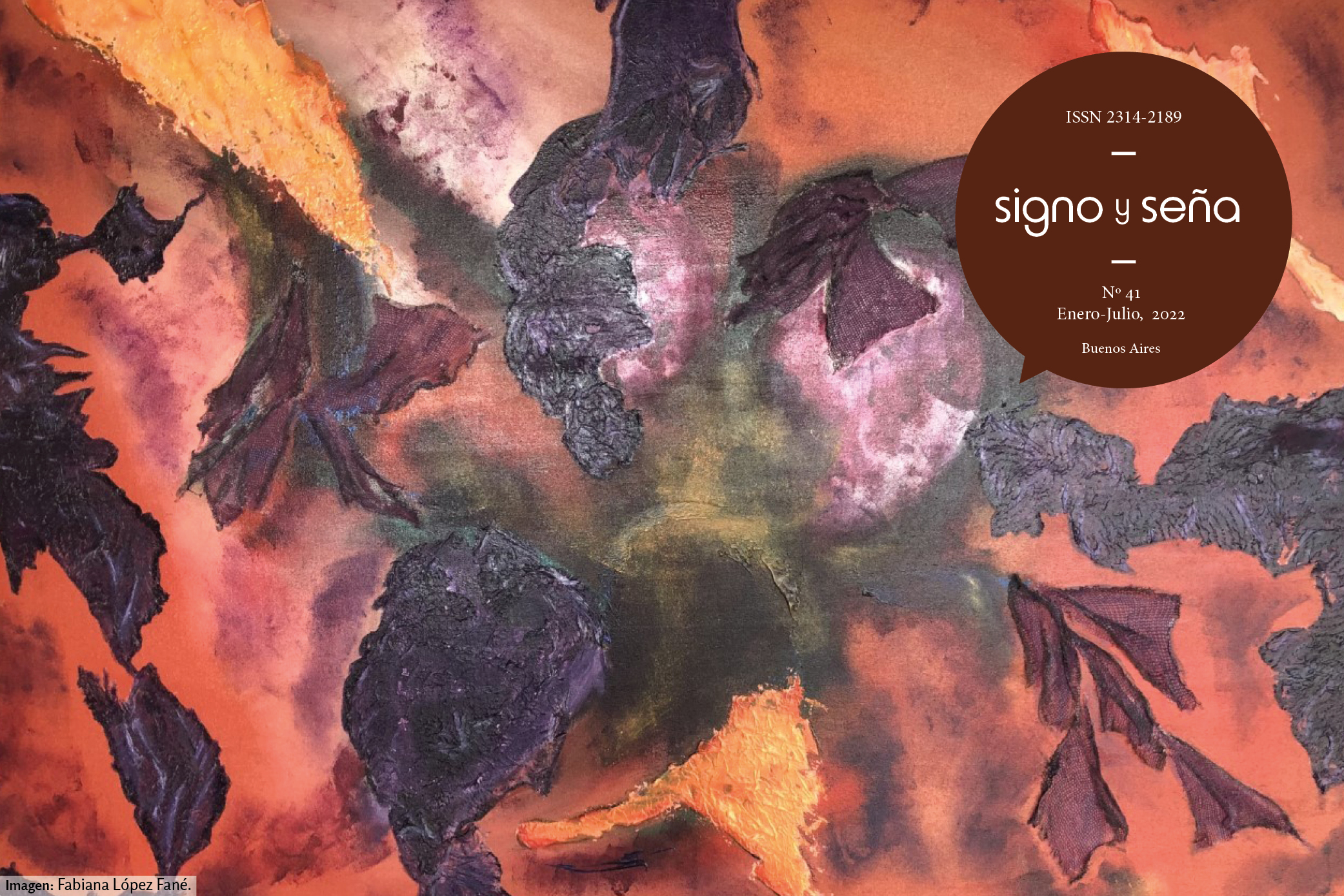Changing leadership and social gender in language change processes
Keywords:
immigration, linguistic contact, linguistic change, gender differences
Abstract
Sociolinguistic research has provided evidence on language variation according to the gender of speakers in monolingual and bilingual situations. Not enough evidence has been offered, however, about what happens to those differences when a group of speakers leaves its original territory, in which its language is dominant, and arrives to a new one in which its own is a minority language. The language contact situation motivates or accelerates linguistic changes along new generations; this has been demonstrated in the situation that occurs in the United States between Spanish and English.This article discusses results based on data of Spanish-English speakers from the city of Houston, Texas, and a control group from Mexico. Three grammar components, leísmo, demonstratives, and diminutives, are examined following a variationist approach to compare the usages of men and women. Results indicate that men favor innovative variants in the monolingual environment; however, the leadership changes, as demonstrated along generations, in the contact situation as women lead the changes in progress favoring innovative variants. Further analysis shows that this pattern is different in the case of the diminutives, a form that traditionally has been considered more feminine.Downloads
Download data is not yet available.
Published
2022-10-13
How to Cite
Gutiérrez, M. (2022). Changing leadership and social gender in language change processes. Signo & Seña, (41). https://doi.org/10.34096/sys.n41.10579
Section
Articles
- Authors keep the copyright and give the journal the right of the first publication, with the work registered with the Creative Commons Attribution-ShareAlike 4.0 International License, which allows third parties to use what is published whenever they mention the authorship of the work and the first publication in this magazine.
- Authors can make other independent and additional contractual agreements for the non-exclusive distribution of the article published in this journal (eg, include it in an institutional repository or publish it in a book) as long as they clearly indicate that the work It was published for the first time in this magazine.
- Authors are allowed and recommended to publish their work on the Internet (for example on institutional or personal pages).

















